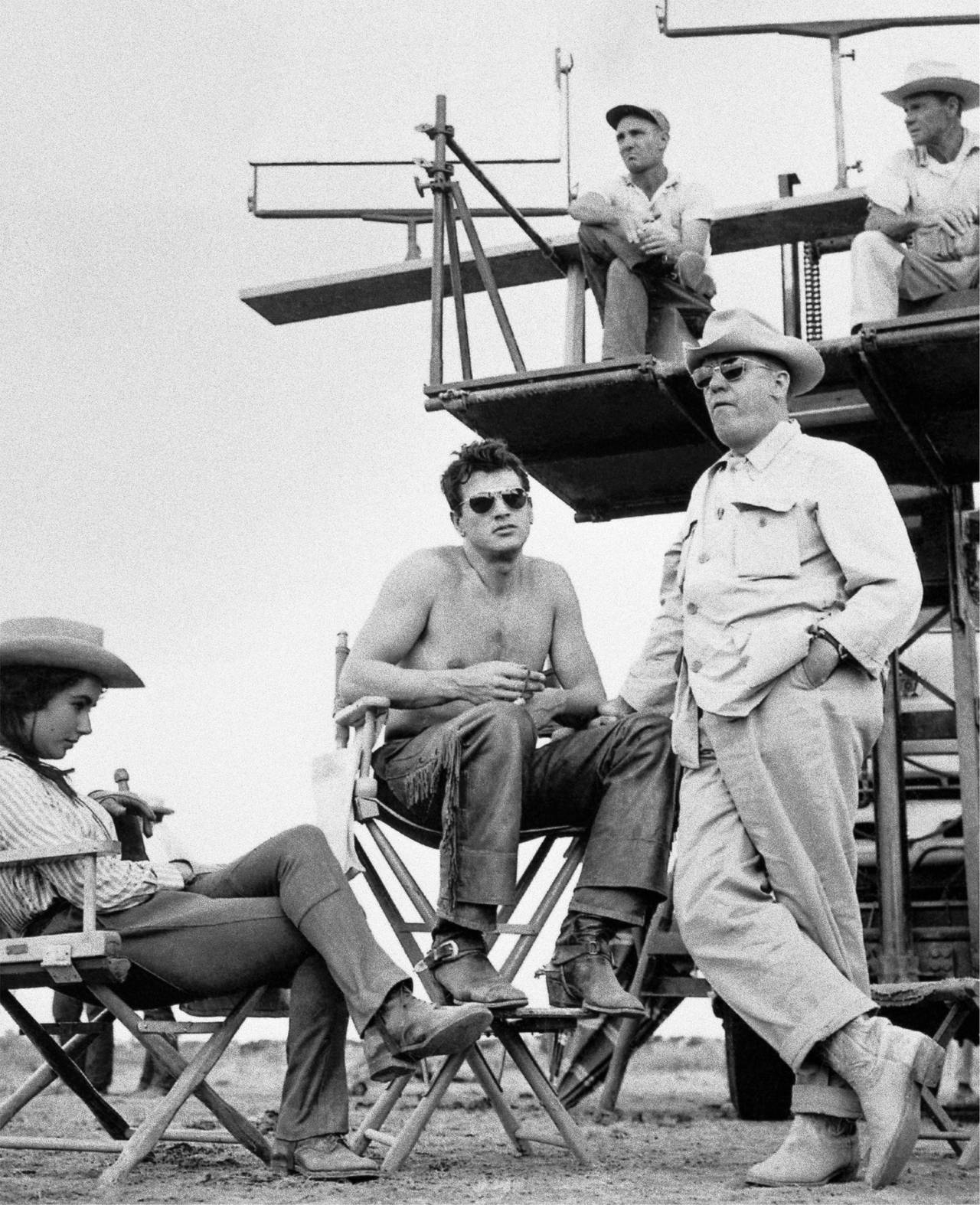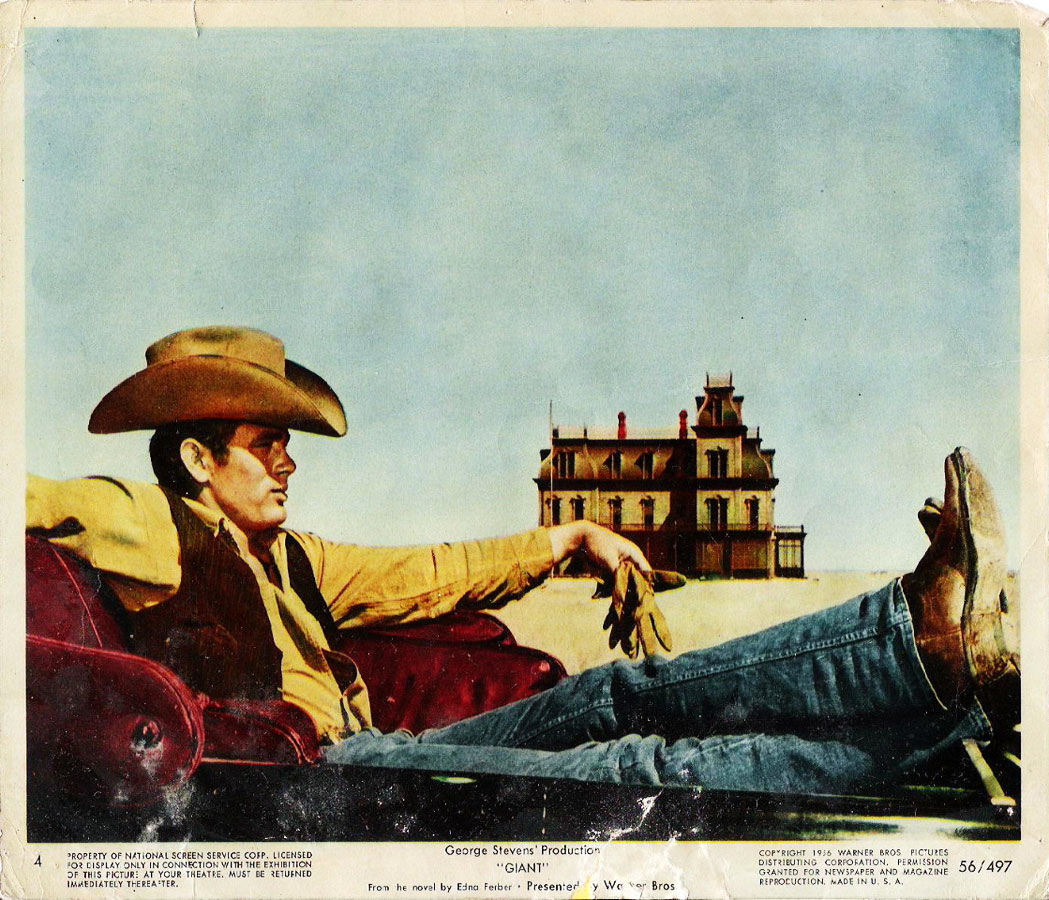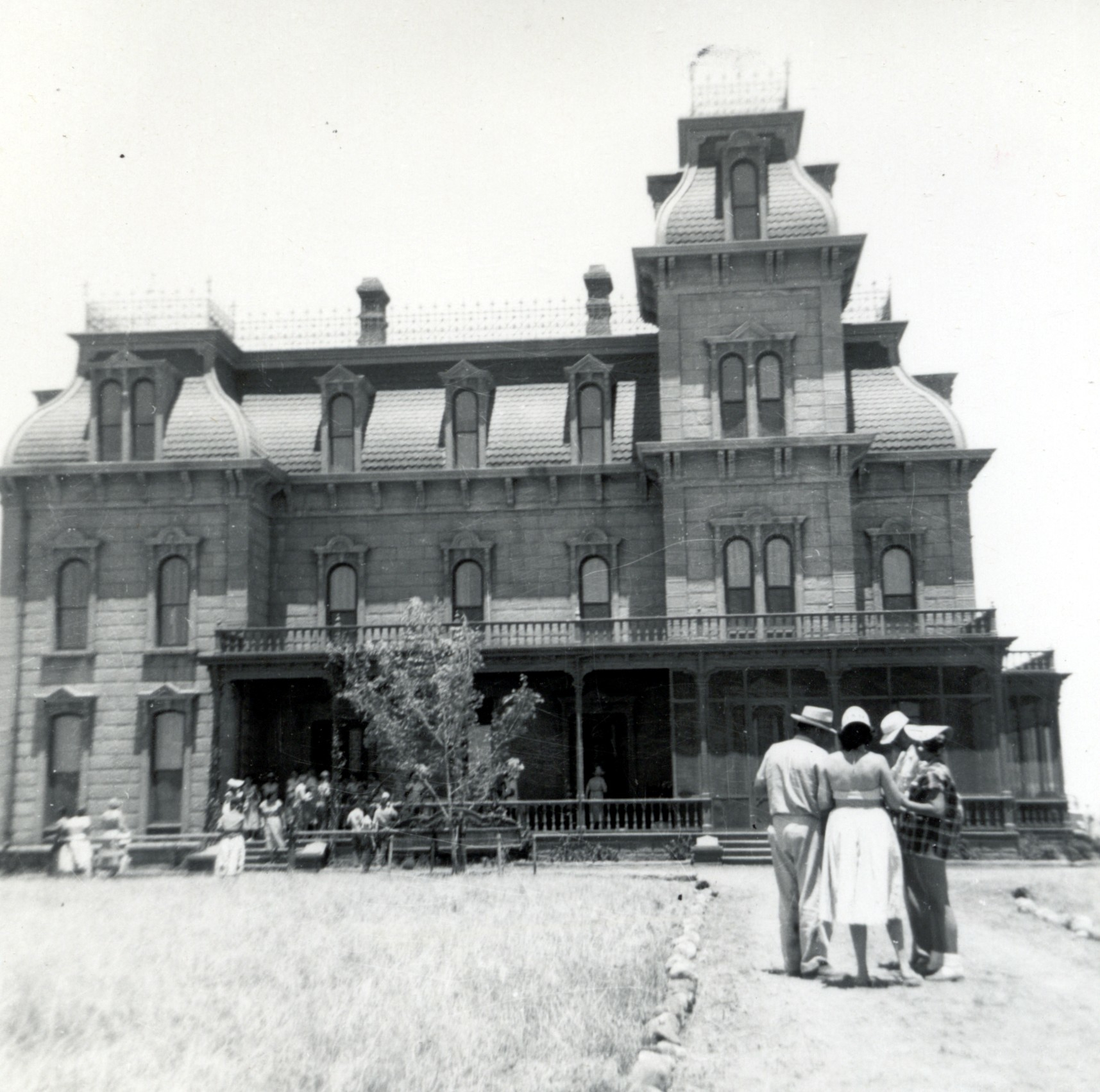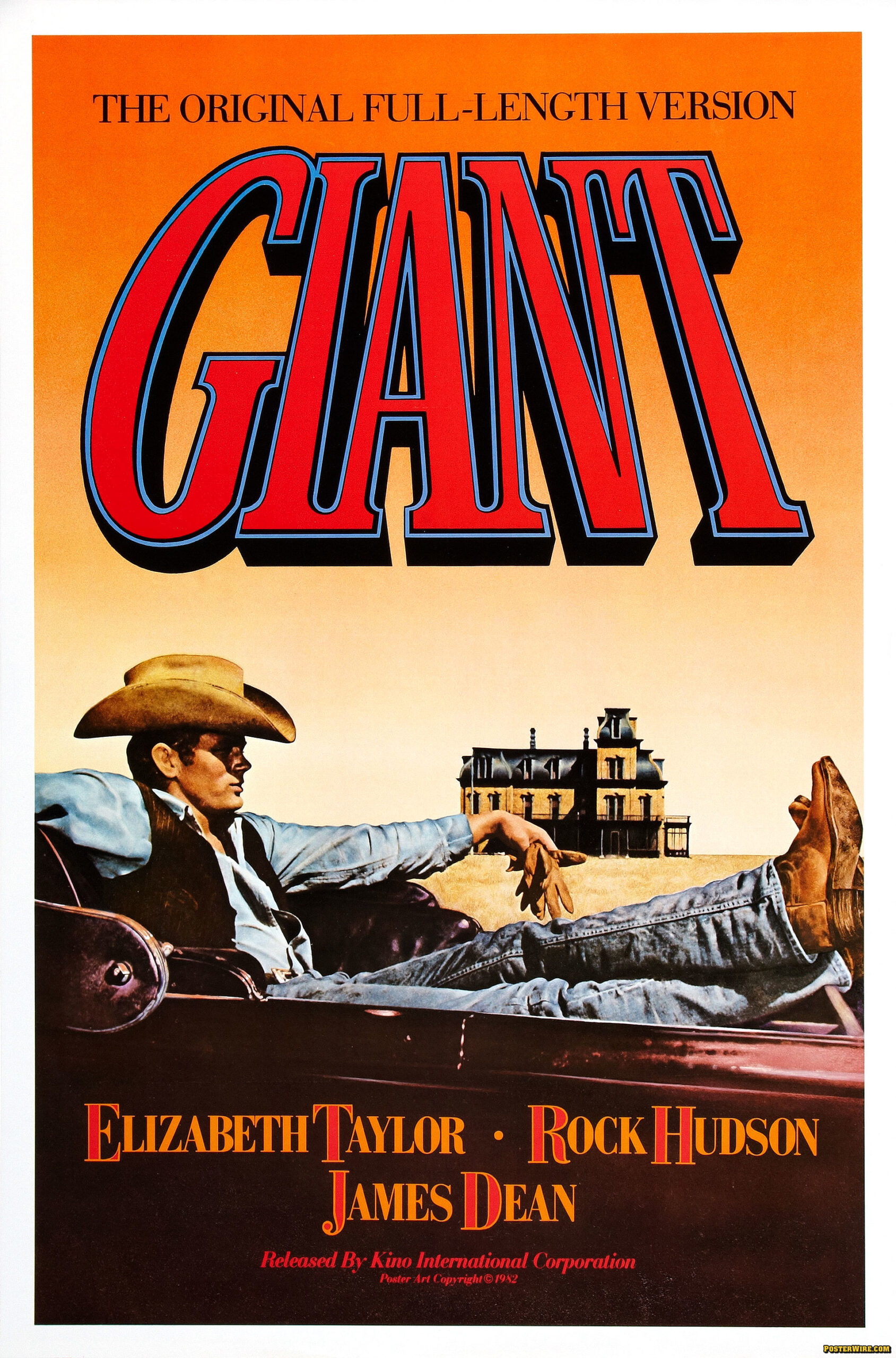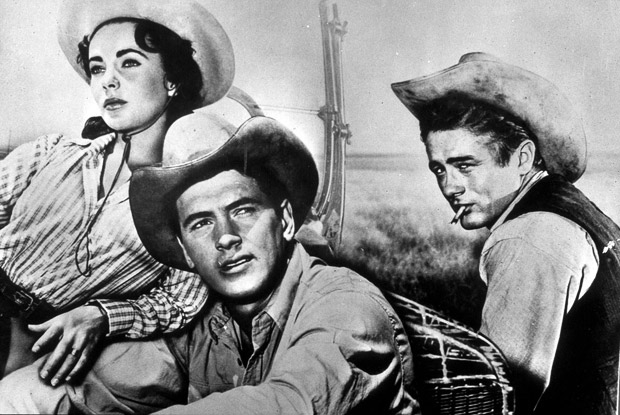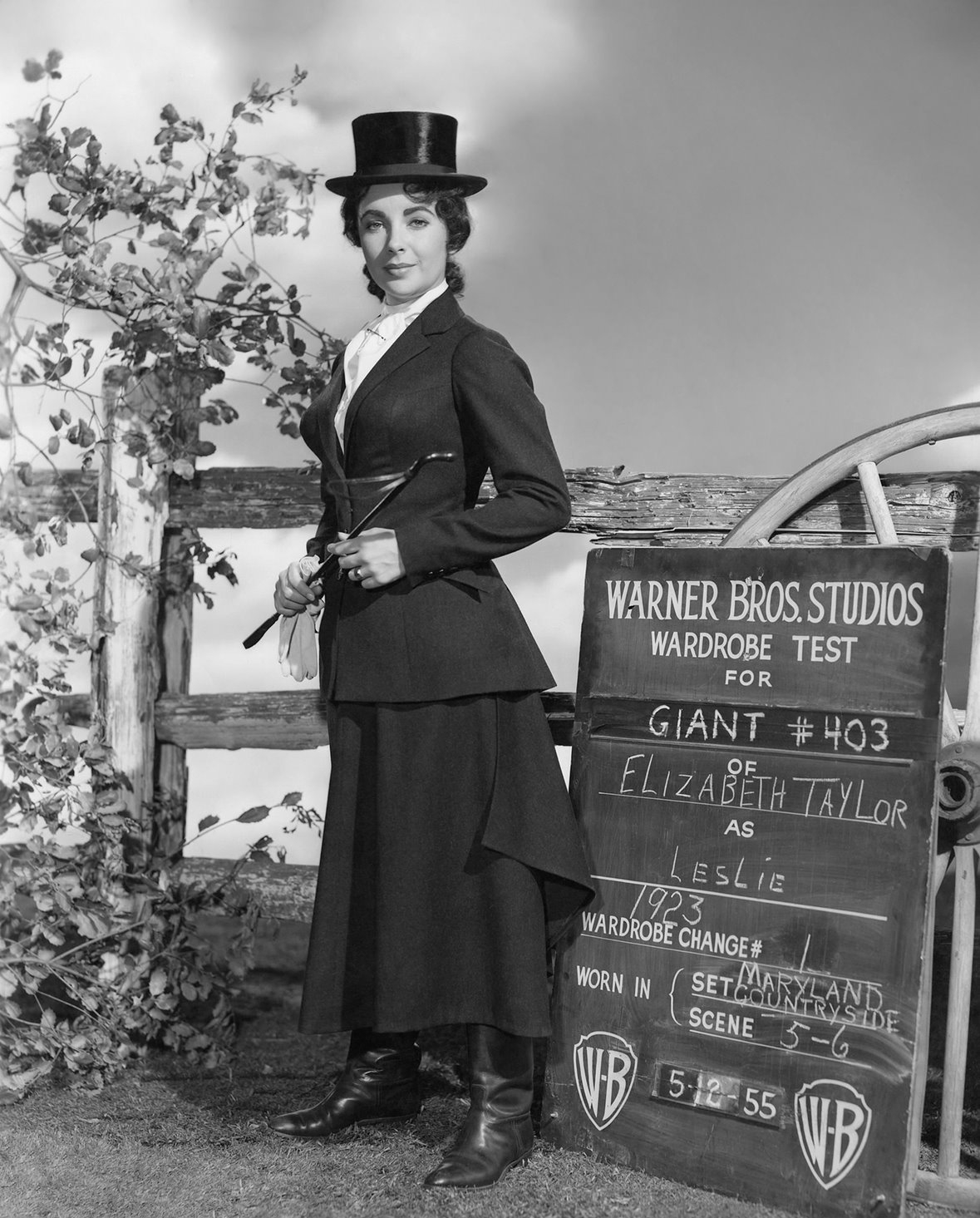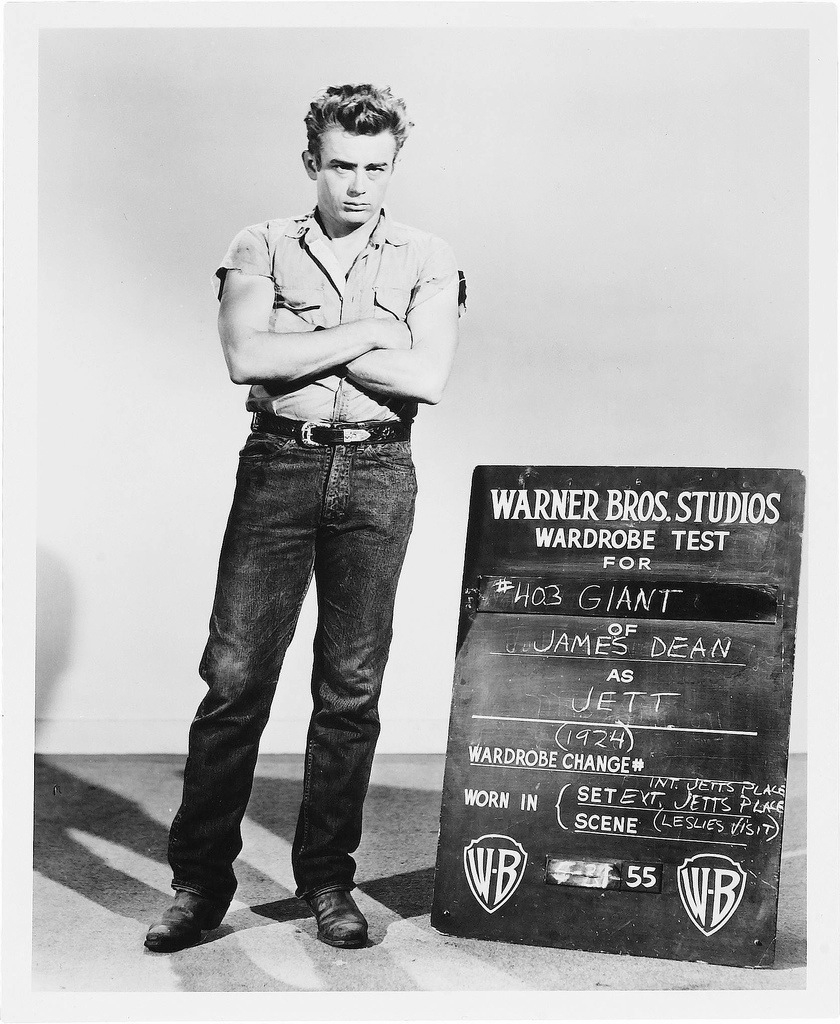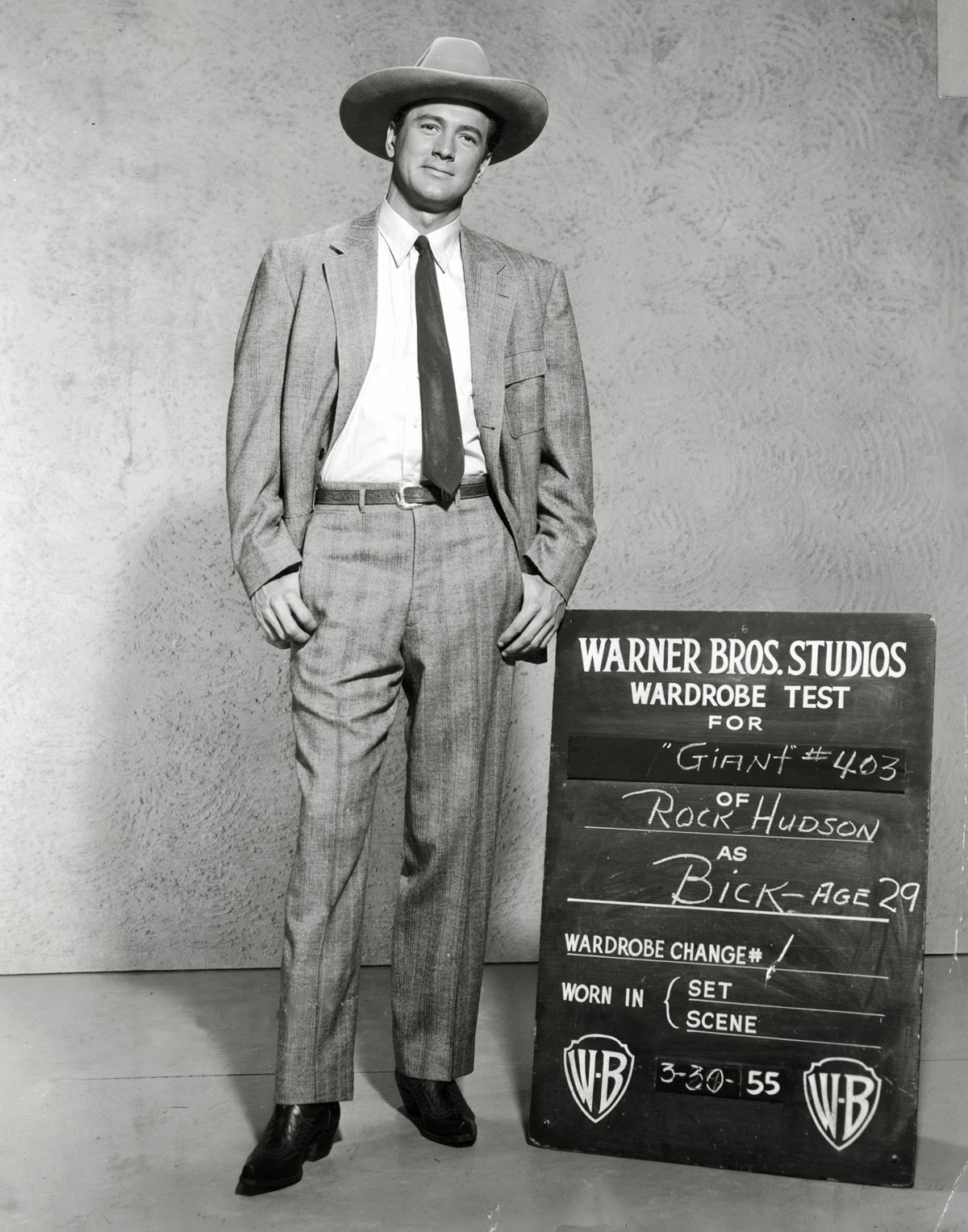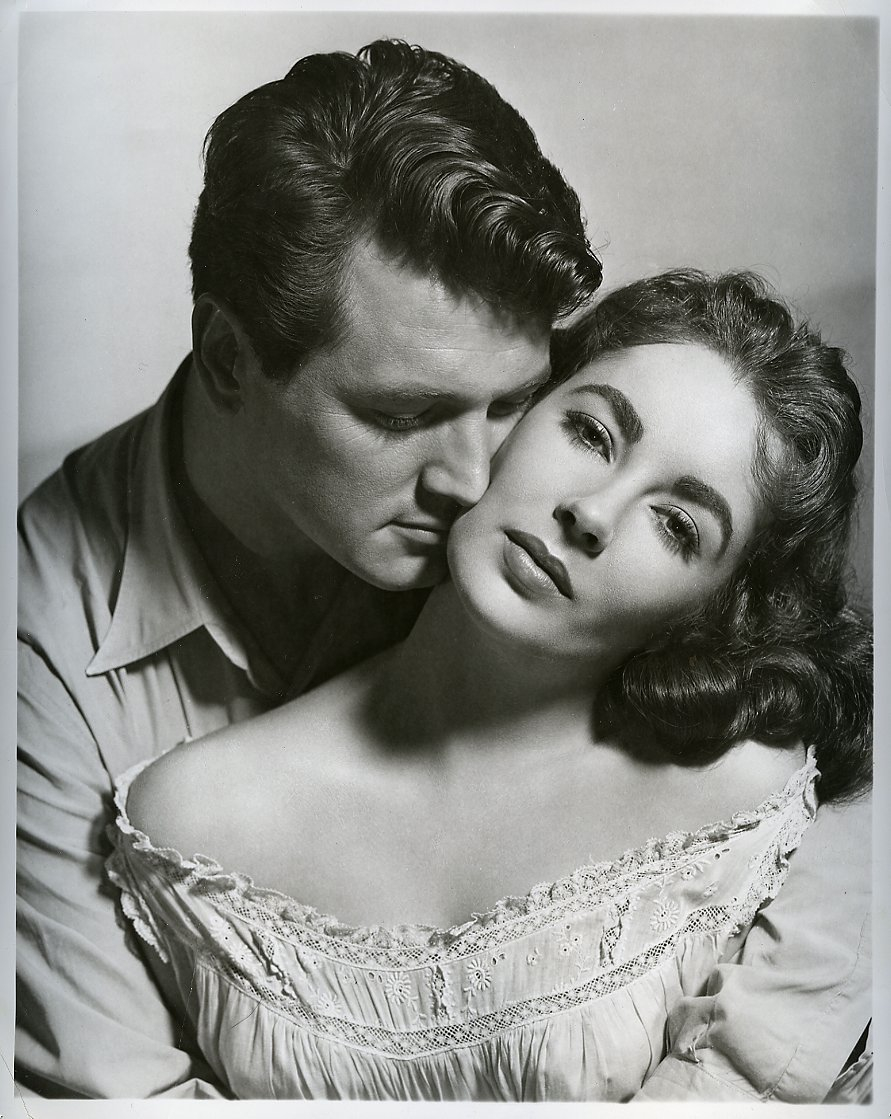Big? Yep. Grand? You bet. Giant? Definitely. The epic movie about Reata, a fabled 595,000-acre West Texas ranch, and its inhabitants, changed how the world viewed Texas, perpetuating and emboldening the stereotypes of Texans that still resonate today in pop culture. Plus, there’s no denying its vast impact of the myth, the film, and the West Texas area where it was shot seventy years ago in 1955, according to our own Giant film aficionado, Lance Avery Morgan.
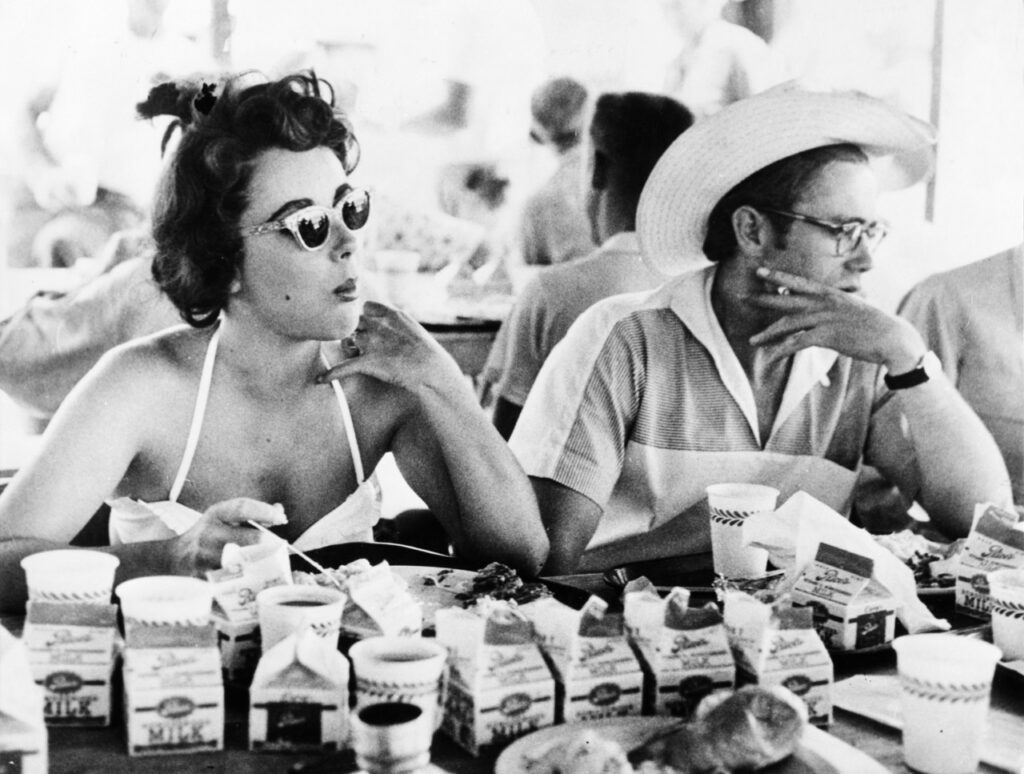
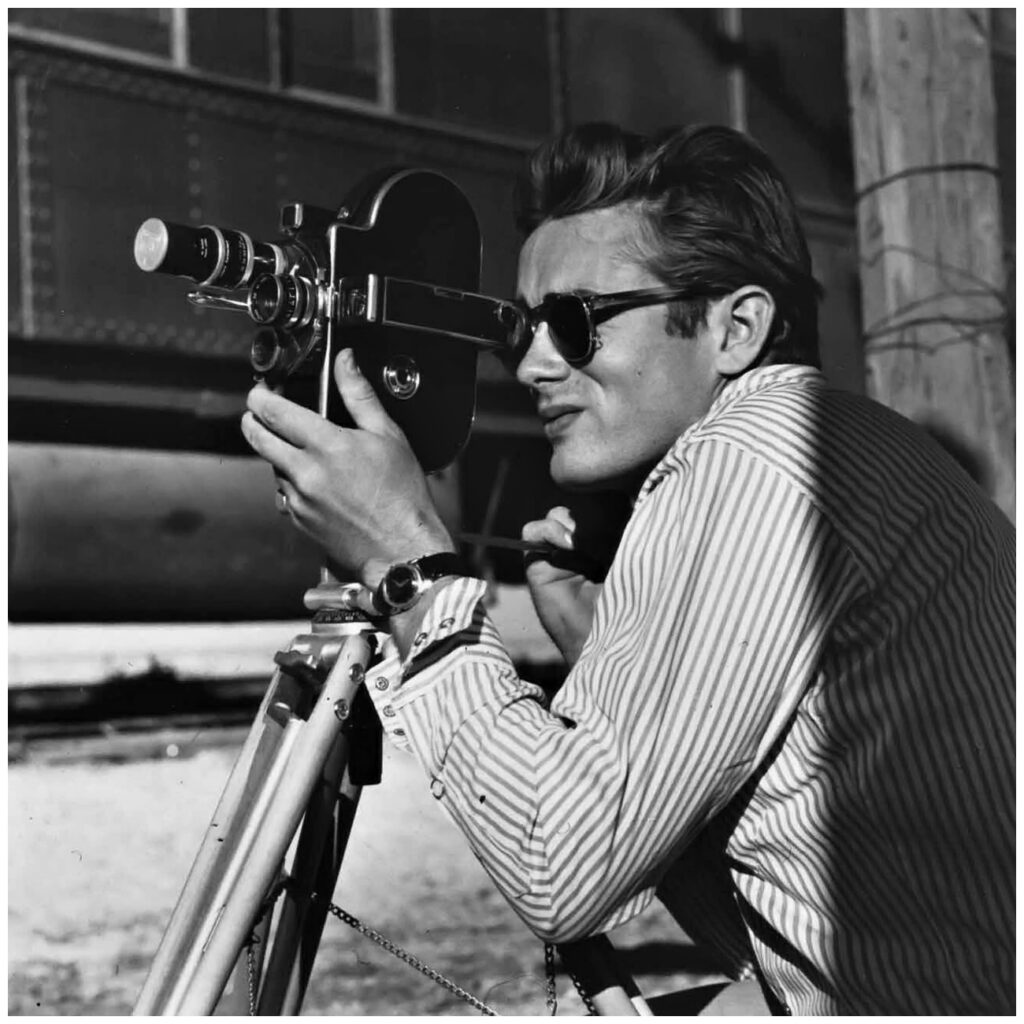
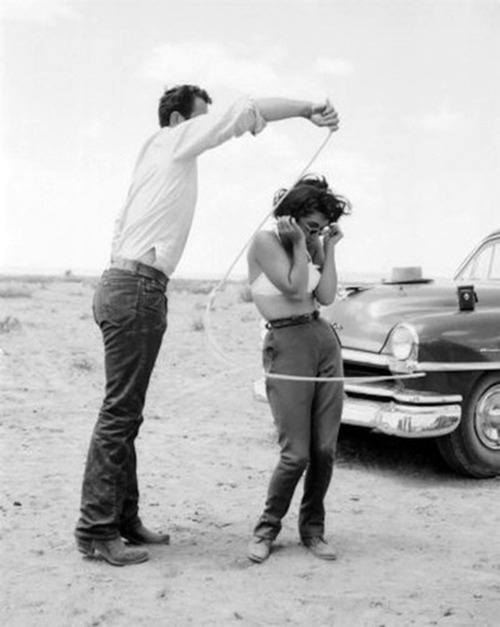
Inspired by real-life Texas oilman Glenn McCarthy, author Edna Ferber’s 1952 best-selling book, on which the three-and-a-half hour epic movie is based, captured all that was right and wrong with Texas, and the country, at the time. In fact, some thought that Reata, the fictional ranch in the book, was influenced by the expansive King Ranch in South Texas. Pulitzer-prize-winning Ferber was known to be socially conscious with successful, multi-generational saga bestsellers and their film adaptations like Show Boat, So Big, and Cimarron.
Ferber’s Texas in Giant is painted in broad strokes as in those works. The men, tall and tough, and the independent women, just as robust, served as archetypes still firmly in place within and beyond the state’s borders and beyond. As Ferber wrote in the book, “It’s fun telling you tall Texas tales. You always look like a little girl who’s hearing Cinderella for the first time.” The film, in retrospect, reflected the upward mobility of the masses, just having recently survived the Great Depression and WWII, with the fresh-scrubbed personalities of its young cast members of Rock Hudson (29), Elizabeth Taylor (23), and James Dean (24). It was a magical confluence of circumstances that made the film what it is today.
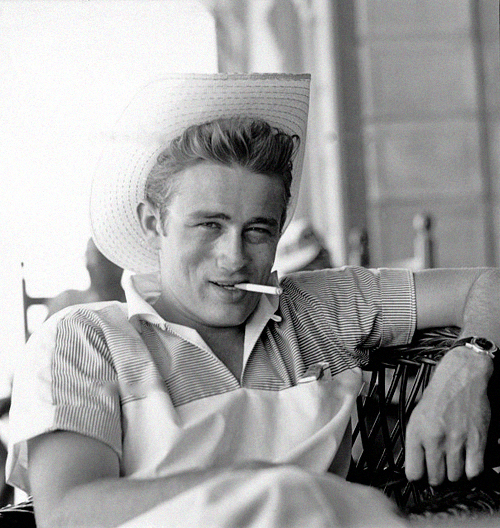
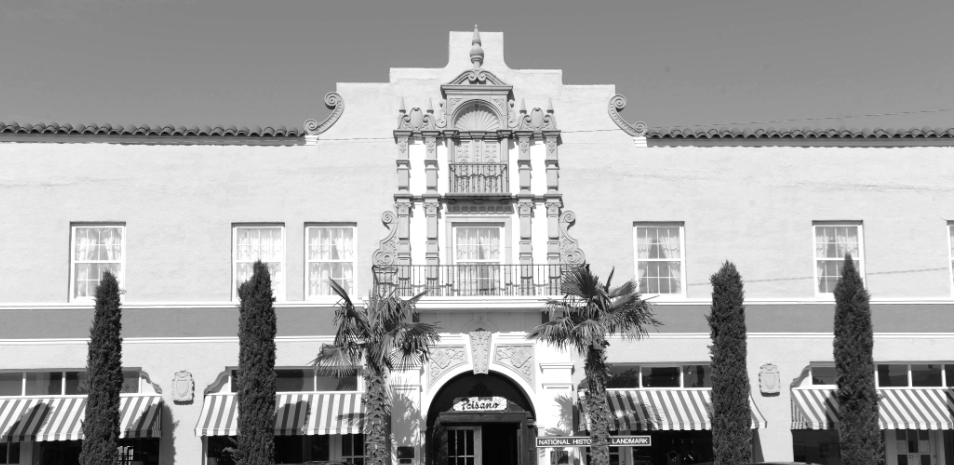
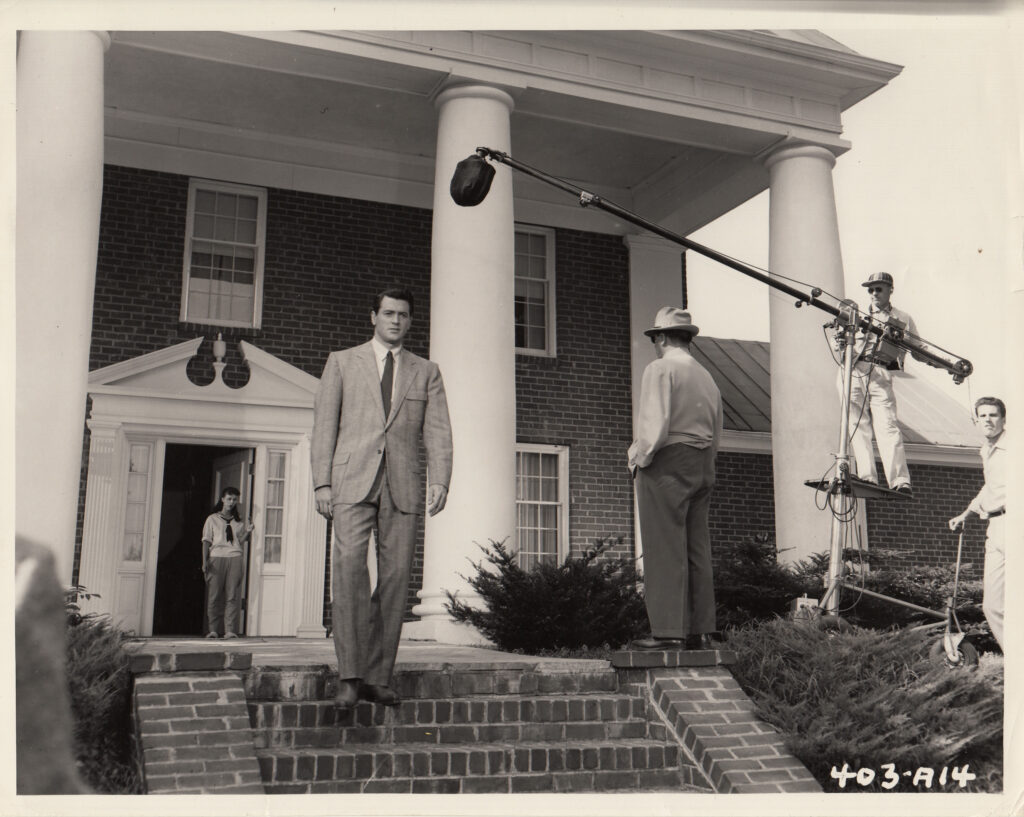
BROTH OF A BOOK
At first, the whole Giant affair seemed ill-fated. The book scandalized the myth we Texans tend to hold for ourselves. It also perpetuated it. The tome was skewered across the Lone Star State and beyond, even John Barkham, of The New York Times, described the book as “the biggest witch’s broth of a book to hit the great Commonwealth of Texas since the revered Spindle blew its top.” It was considered to be a parody, not a portrait of Texas life. How would that translate to film? In fact, according to Hollywood screenwriter Ivan Moffat, who adapted the screenplay, “The novel wasn’t very popular among Texans to begin with. One Dallas paper claimed that if the film was shown in Texas, the screen might be shot full of holes.” But it wasn’t. Ferber approached George Stevens after reading the final version of the script and told him, “You know, I wrote this book twice already, and wanted to write it a third time and fill it out. But I think you’ve done it with the screenplay.”
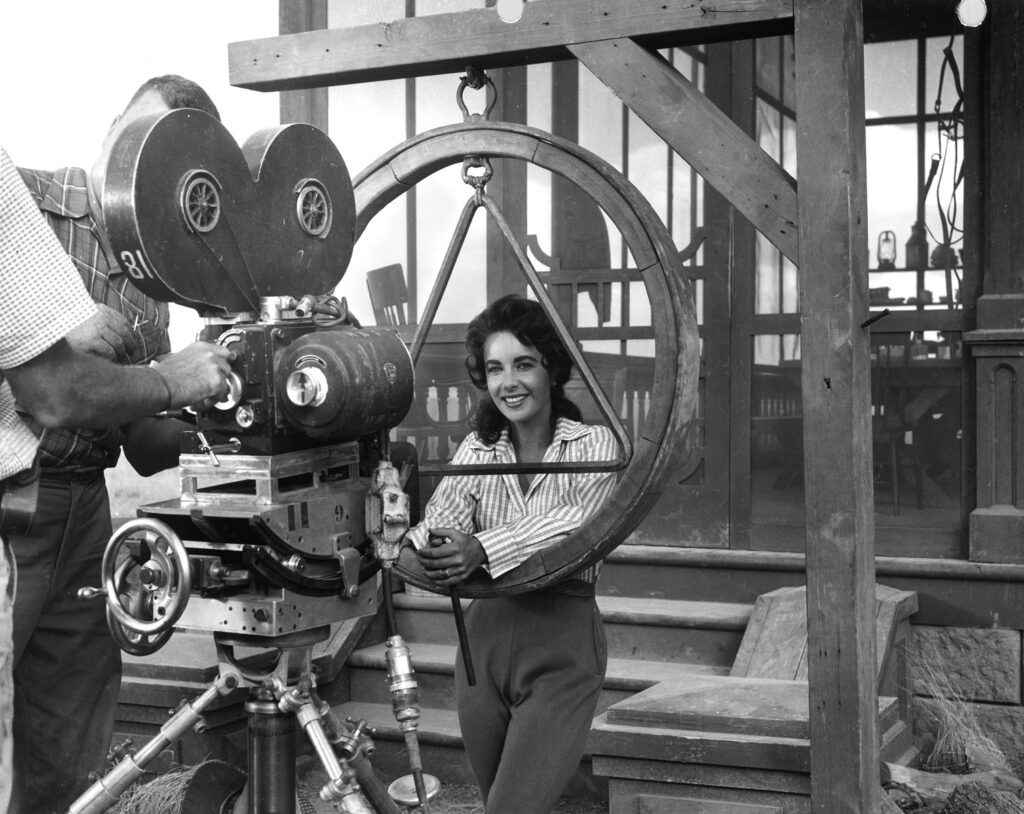
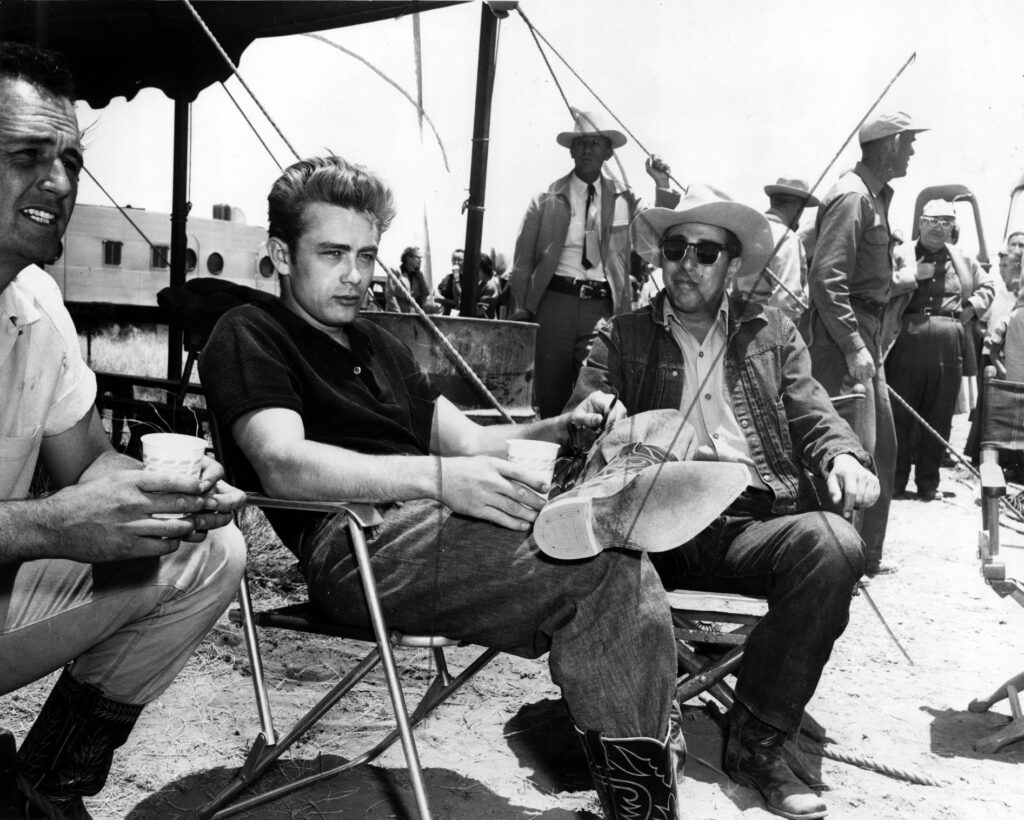
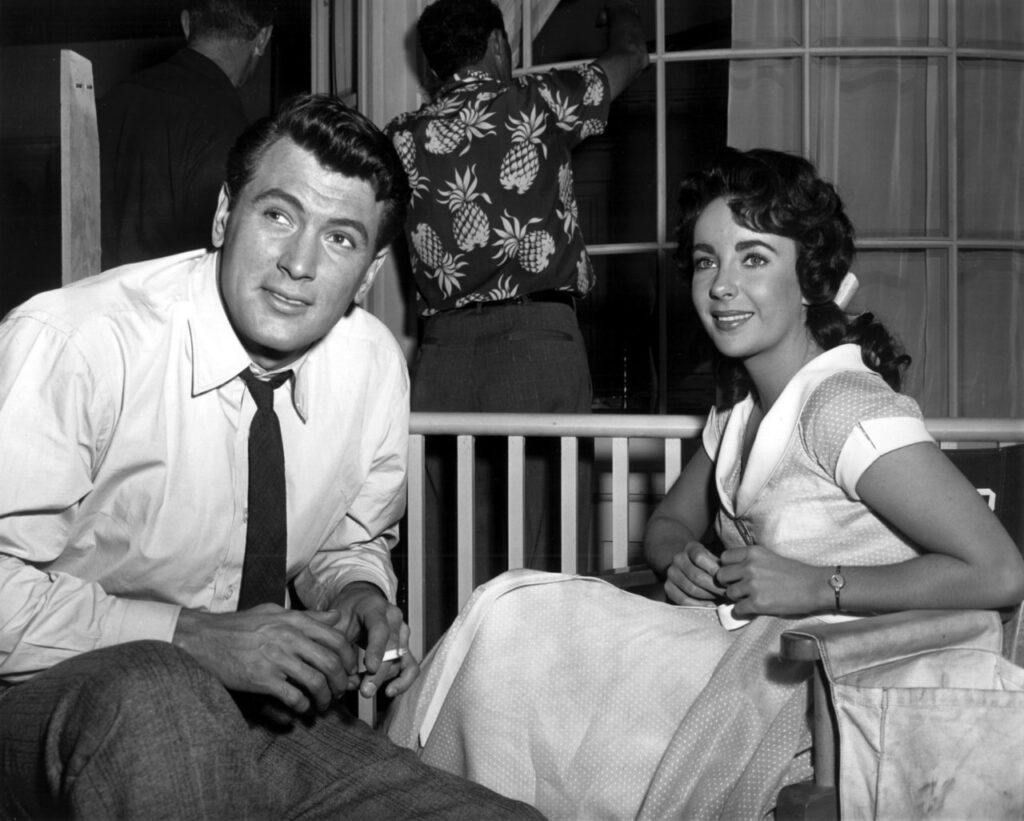
Giant is a story that evokes a strong commentary on class and the dangers of greed and jealousy. It also reflects four generations of Texans as tightly wound as a new lasso. But the movie almost didn’t unravel the way we now know it. Grace Kelly vied for the role of Leslie Benedict until Elizabeth Taylor was awarded it, on loan from her frothy romantic comedies at MGM. James Dean almost lost the part of Jett Rink to decades-older film veteran Alan Ladd. That would have been a different film entirely. However, it was both Taylor and Dean who would end up sizzling onscreen when the film was shot in the fiery summer blaze of heat in 1955. Set amidst panoramic Texas views, majestic and appreciative in its 35MM Warnercolor glory, the film is an homage to the American landscape that the state uniquely offers.
Director George Stevens knew his story and how to tell it with the right talent. In fact, he won an Oscar for it, while the film itself was nominated for 11, including nods for Best Actor in a Leading Role (James Dean and Rock Hudson), Best Actress in a Supporting Role (Mercedes McCambridge); Best Art Direction (Set Direction, Color), Best Costume Design, Color; Best Film Editing; Best Music, Scoring of a Dramatic or Comedy Picture; Best Picture; and Best Writing, and Best Adapted Screenplay.
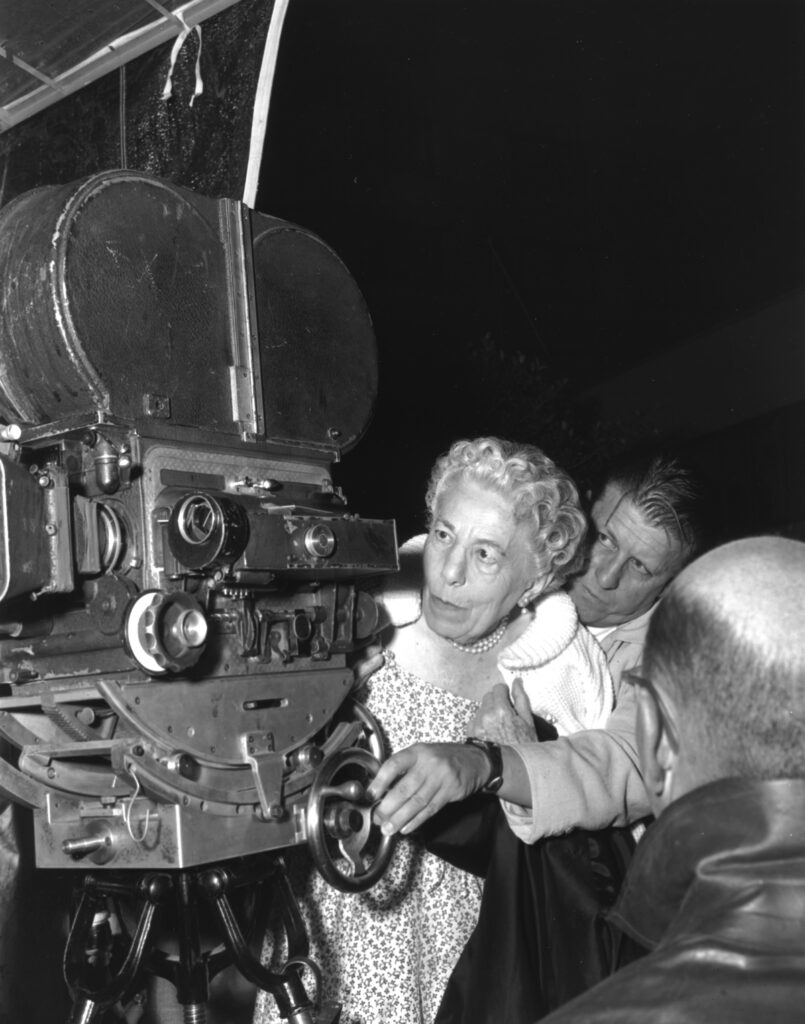
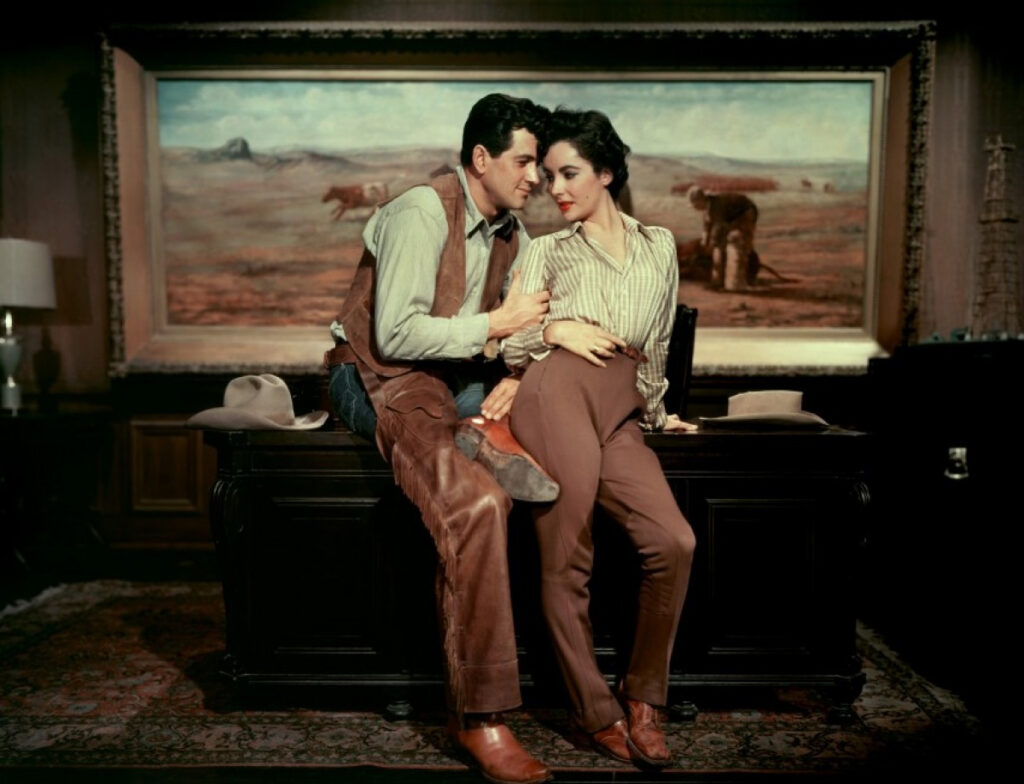
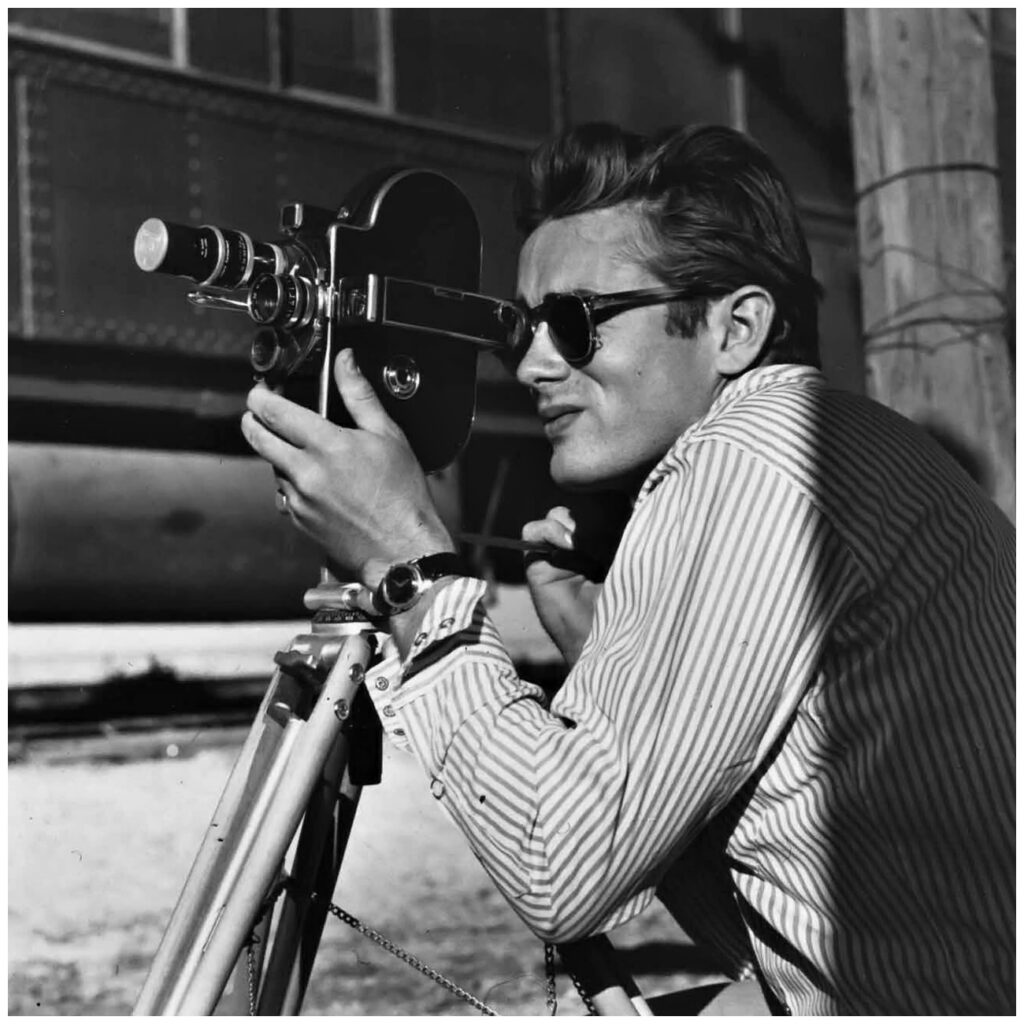
Taylor once said that Dean’s performance “had not only the training of method acting, but I think he was also instinctive.” Rock Hudson played the cocky, young ranch baron Bick Benedict personified the evolution of the old way of life into new. Mercedes Cambridge portrayed his independently dowager sister, creating a vision of Texan women that is still archetypal today. Dennis Hopper, a teenager at the time, played the son who shirks his ranch roots to become a doctor and marry a Mexican-American. On the set, Hopper became fast friends with James Dean and was mesmerized by his talents during the filming. He referred to his experience with Dean once in a television interview, “I was just astonished by him. I asked him, ‘I gotta know what you’re doing as an actor. I don’t understand it.’ And he said, ‘Well, if you’re smoking a cigarette, just smoke the cigarette, don’t act like you’re smoking the cigarette…and you just go to a moment-to-moment reality.”
THE NEW TEXAS
Even when viewing it today, with its references to racial inequality or Neiman Marcus representing the pinnacle of excess at the time, the film doesn’t resort to the usual Texas stereotypes. Instead, it showed progress. The good ol’ boy ways of doing business gave way to women who commanded that their opinions be heard. Segregation then eventually became integration. Tradition transformed itself to fit into a modern world: its main theme is that ‘change is inevitable, so get used to it.’ It was a romanticized version of the people who made Texas what it is today: the strong men and often, even stronger women. “If it’s freedom you want, come to Texas. No one there tells you what to do and how you have to do it,” wrote Ferber in Giant.
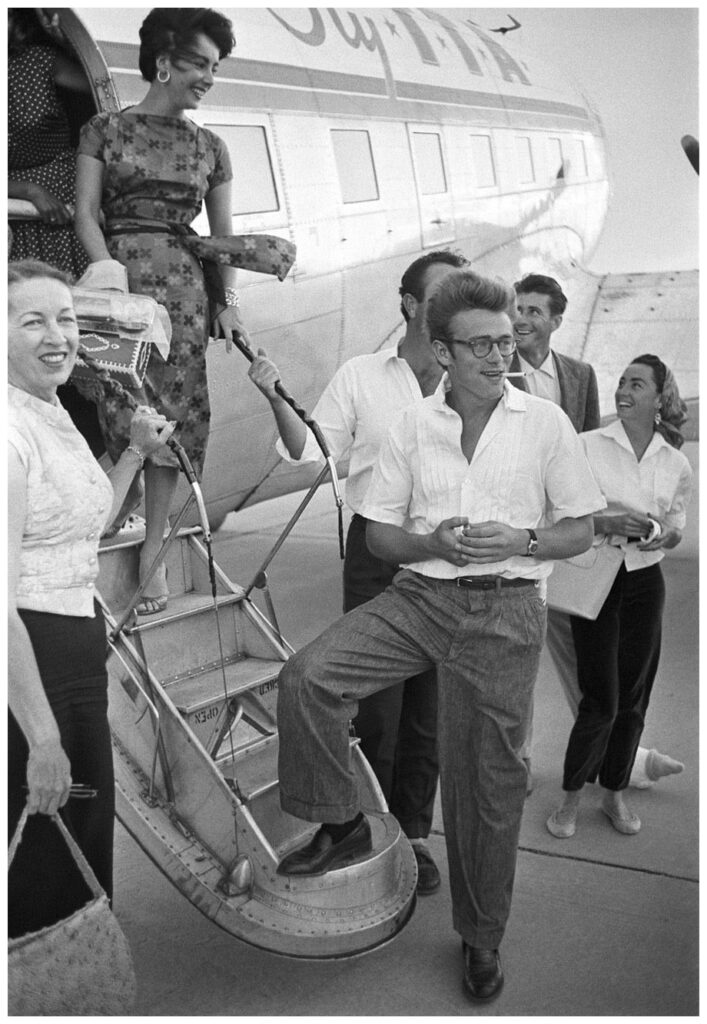

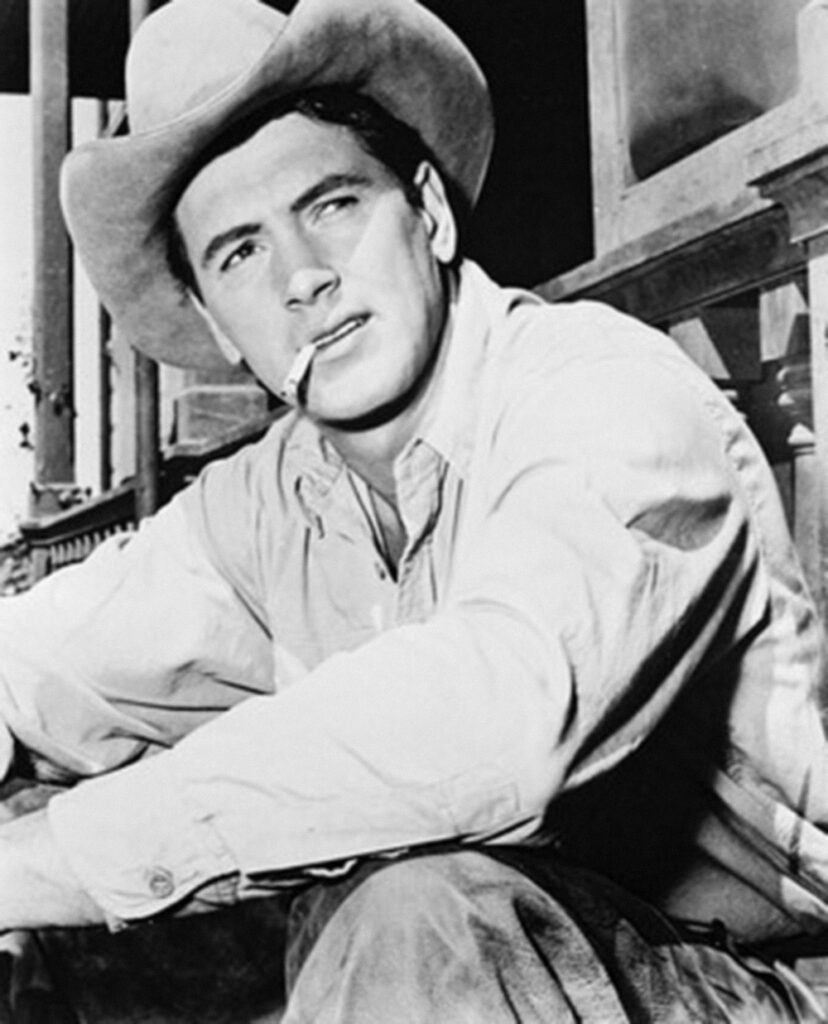
Taylor, Hudson, Dean, and their supporting actors weren’t the only talent in the film. The Trans-Pecos area of greater Marfa and Pecos County, just 60 miles north of the Mexican border became a character, and director Stevens encouraged the locals to visit the set, either to watch the shooting, visit with the cast and crew, or take part as extras, dialect coaches, bit players, and stagehands. This led to the familial spirit of the two-month shoot in which the Ryan family ranch and livestock were leased for the location fee of a then princely sum of $20,000. The Hollywood crew was indeed a far cry from the area’s mainstay of ranching.
Marfa’s local artist/rancher Boyd Elder, who recalled the filming as a child growing up in the town of nearby Valentine, says, “I’ll bet some of the movie was based on Sid Worth Evans, who owned the ranch near the location of the movie. He was the kind of guy who would buy a brand-new Cadillac and race up and down the road at 100 miles an hour.” Elder continues, “Liz Taylor, of course, made a huge impression on me. She was like a goddess.”
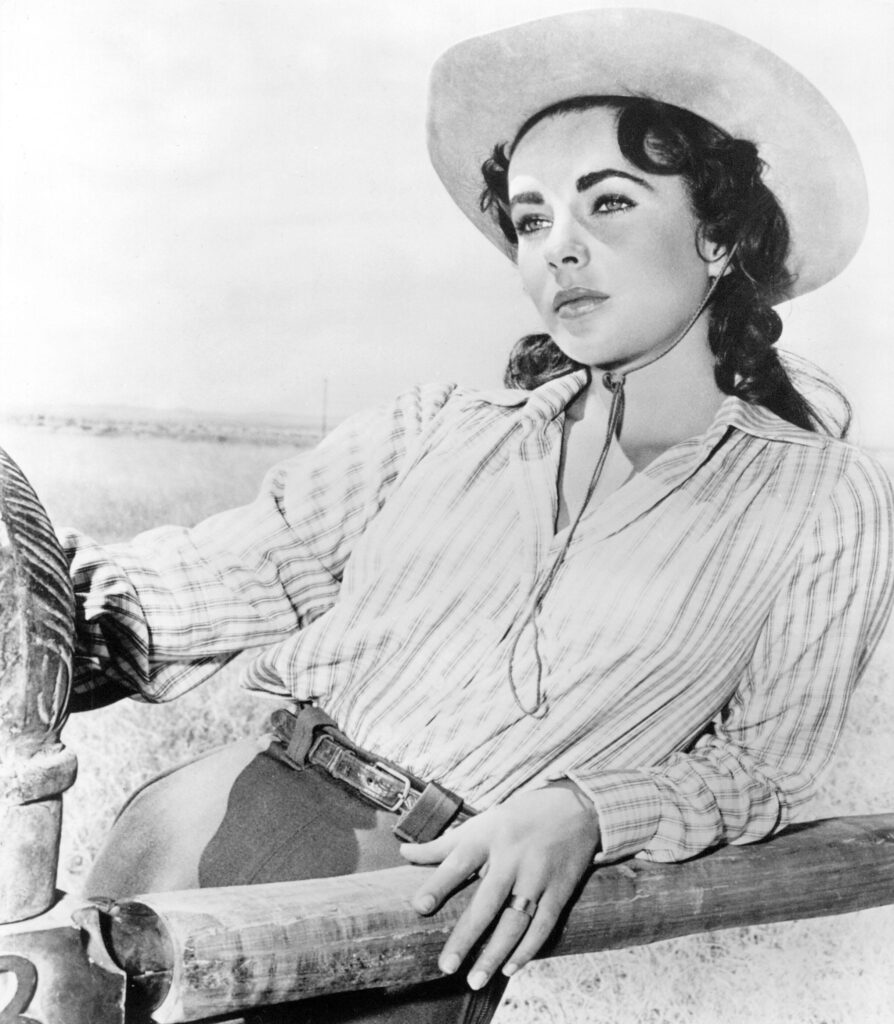
s
Publicity photo of Liz Taylor to promote Giant
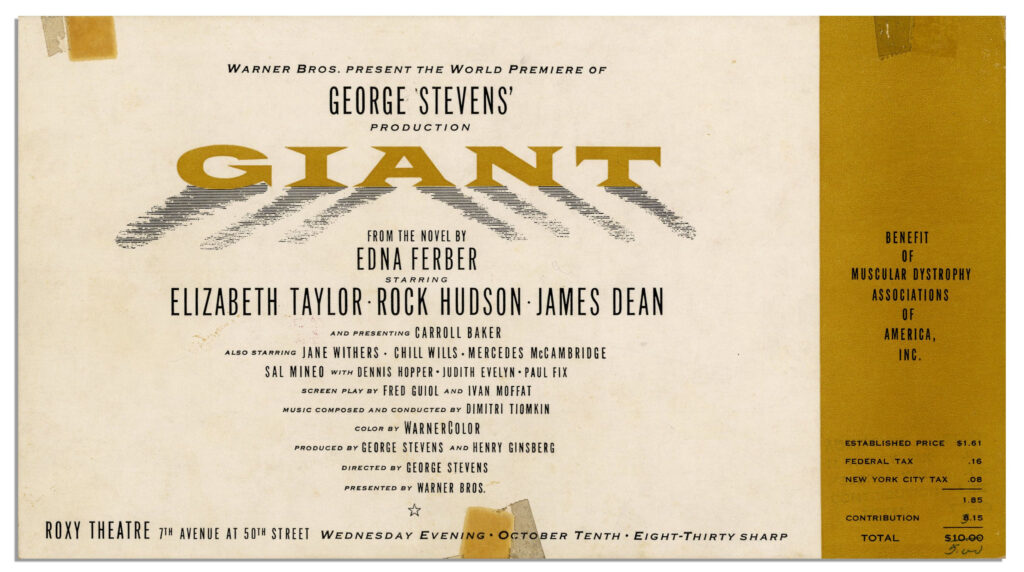

Joe Duncan, who bought the El Paisano Hotel in 2001, where the film’s stars stayed during the shoot, said there had always been gossip about the film, saying, “At the time, it was suspected there was a romance between Elizabeth Taylor and Rock Hudson. Taylor’s then-husband, actor Michael Wilding, showed up from Hollywood with their two dogs to investigate the rumor. He and Elizabeth had a blow-out fight in the main room that could be heard for miles.”
Brit Webb, a Marfa native who as a young man worked at a local gas station when the movie was shot, also had fond memories of the film. “It was a big shot in the arm to Marfa. We were in the middle of a drought, so the money they brought in to spend sure helped us out.” He went on to say, “Fans would come by the station and ask how they could see some movie stars. One day, Liz and Rock were getting gas, and the tourists didn’t even recognize them in the next convertible over. The two stars motioned to me to not reveal they were there so they could have a little retreat from the admirers.” He also recounted, “There was a man who drove in and said, ‘Well, you folks are gonna be rich around here. I just saw an oil gusher.’ He had no way of knowing it was just the scene in the film where Jett Rink discovers the first well of his fortune.”
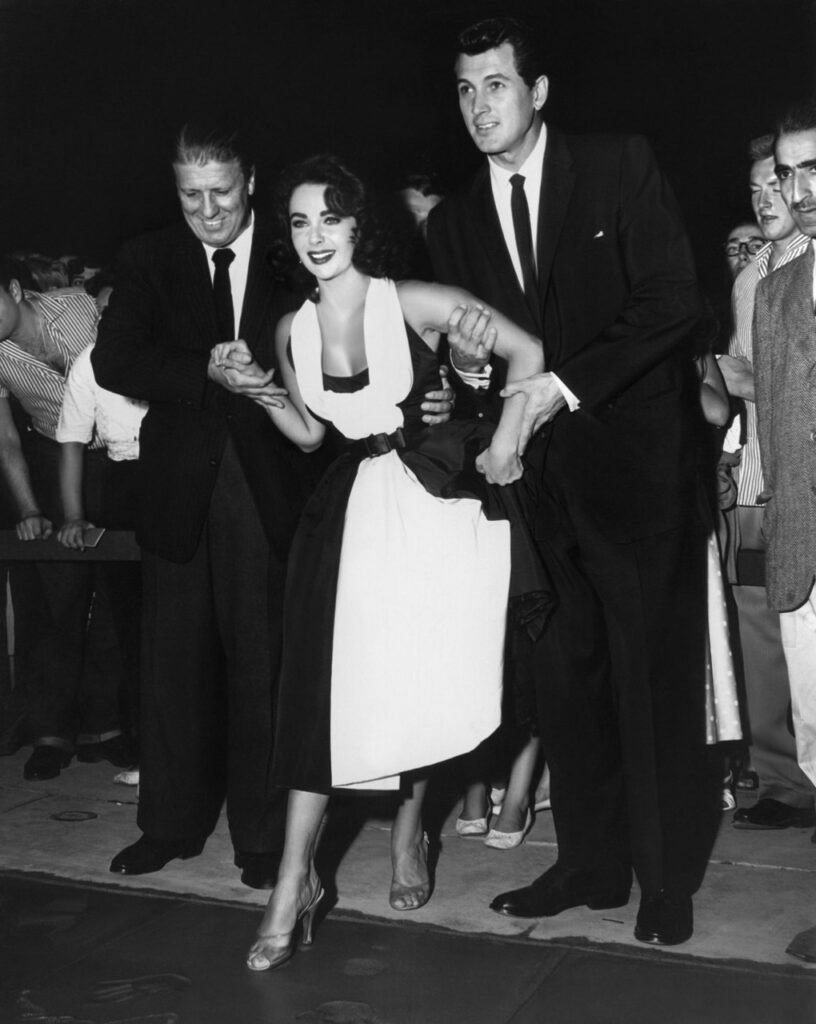
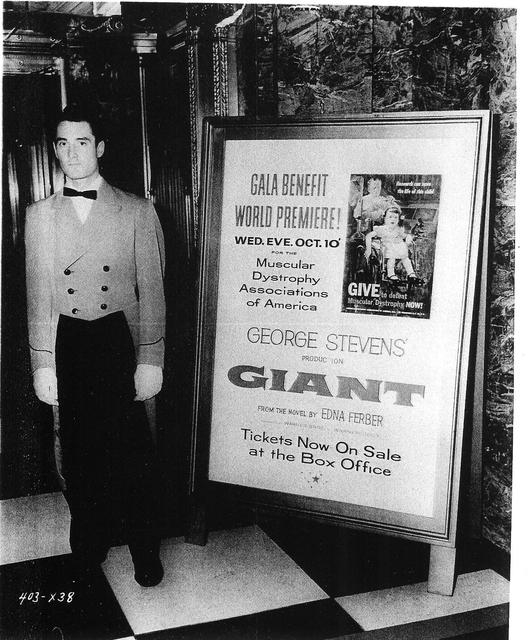
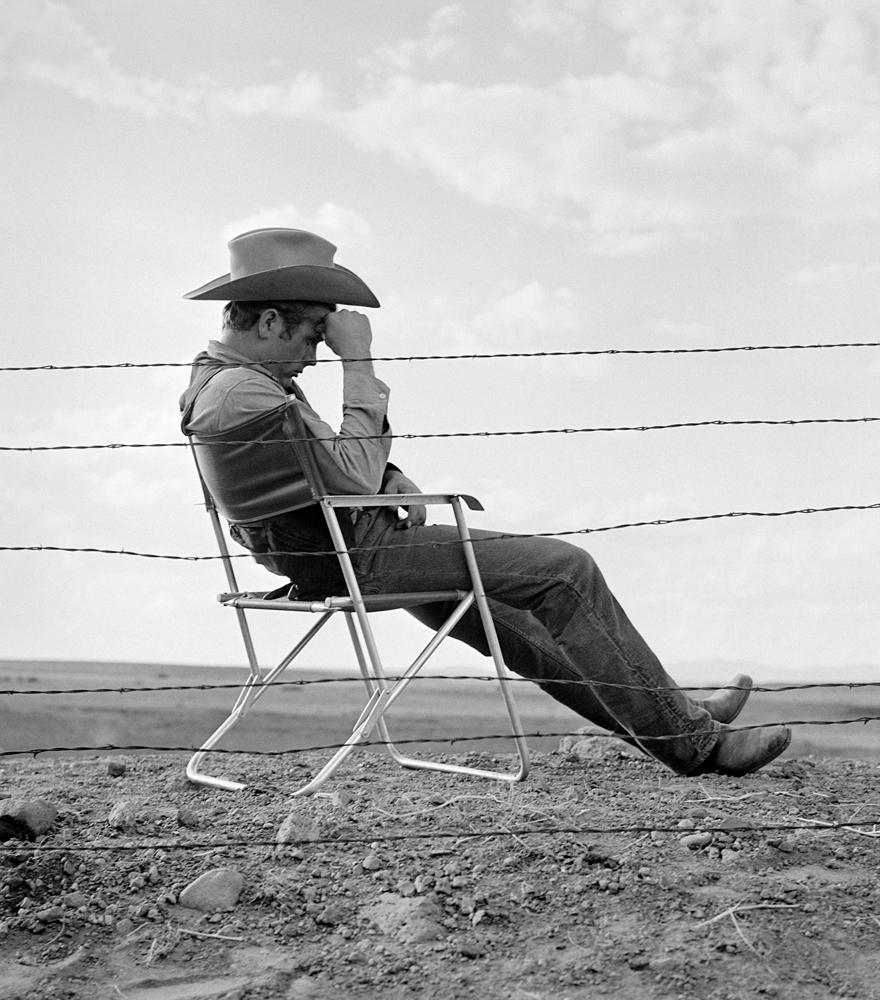
At a hefty running time of three hours and 32 minutes, the film spans 35 years, which can sometimes seem as long as a drive from Texarkana to Marfa. But that’s on purpose. Growth and prosperity take time, as it is reflected in the film, from the area’s first signpost and the expansive ranch location to the lonely, modest mansion dropped in the middle of it all and the post-war private jets en route to Dallas for the opening of the grand hotel owned by Dean’s playboy character. When the highly anticipated film was released in 1956, it was Warner Bros. Studios’ biggest box office success, earning $35 million in ticket sales during its original studio release. That record wasn’t surpassed until Superman in the late 1970s.
In fact, Giant is not only a movie, but also a movement. Yet the pioneer spirit glorified in the film is alive and well in the region today, with some of its inhabitants betting on Marfa and its surroundings as an international art world player, even when your average current Texan may not have made the pilgrimage west. The film, like its home turf, is continually being rediscovered and discovered for the first time as a classic. An art installation in the mid-2000s, sharing the film’s name in Marfa’s The Ballroom gallery, tipped its Stetson to the blockbuster via found objects from the shooting location displayed in artful juxtapositions. It used objects that are perhaps inspired by the movie, or its era, and beyond. As the film’s 70th anniversary of the film’s production is celebrated, the book’s content and movie still remain relevant in addressing substantial social issues. Joe Duncan related that the filming of Giant has an impact even today, almost 70 years after its camera ceased filming the epic. “Thousands of people a year still visit Marfa to relive the movie filming.” A fitting legacy to a grand movie… and to Marfa.

